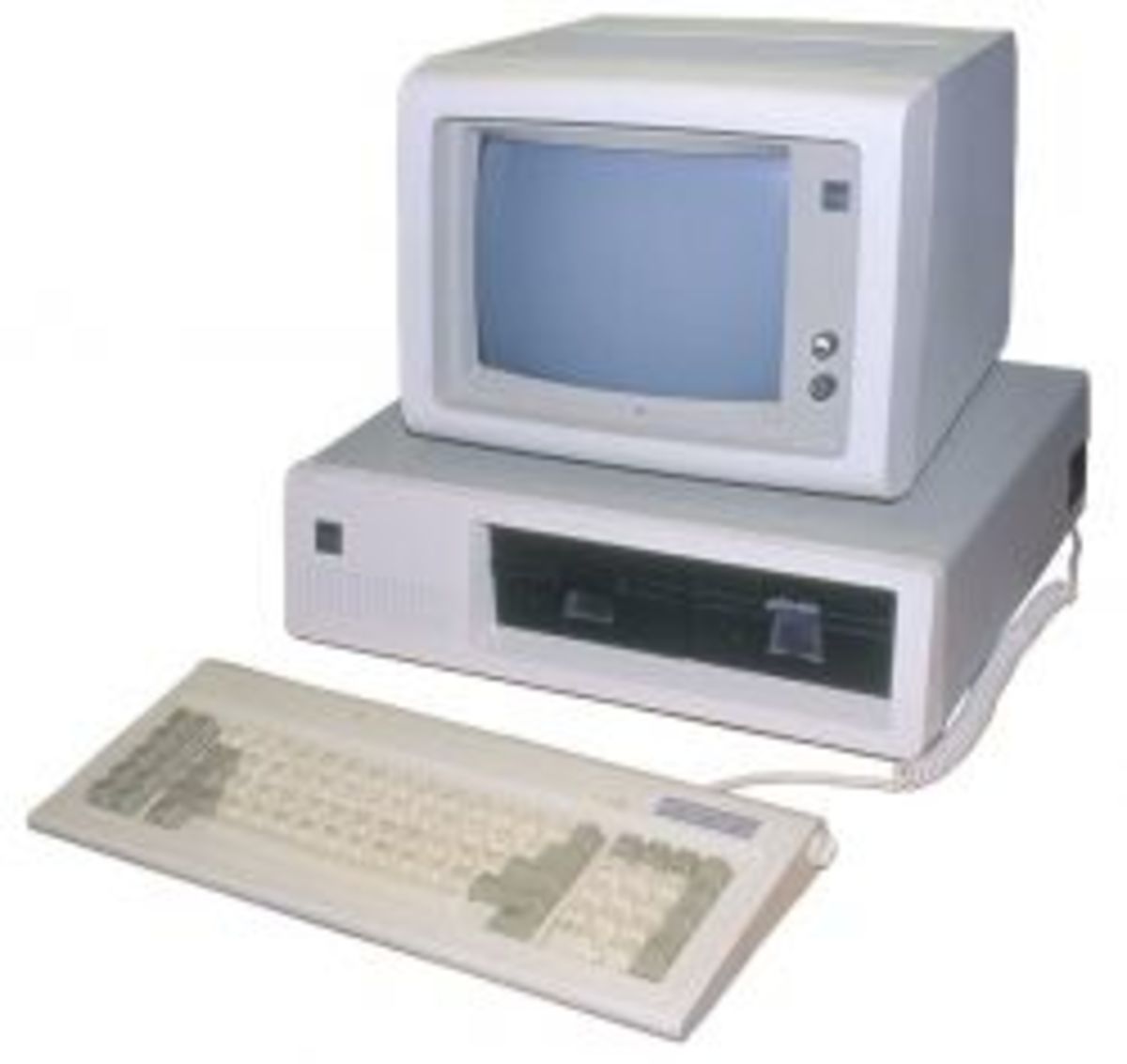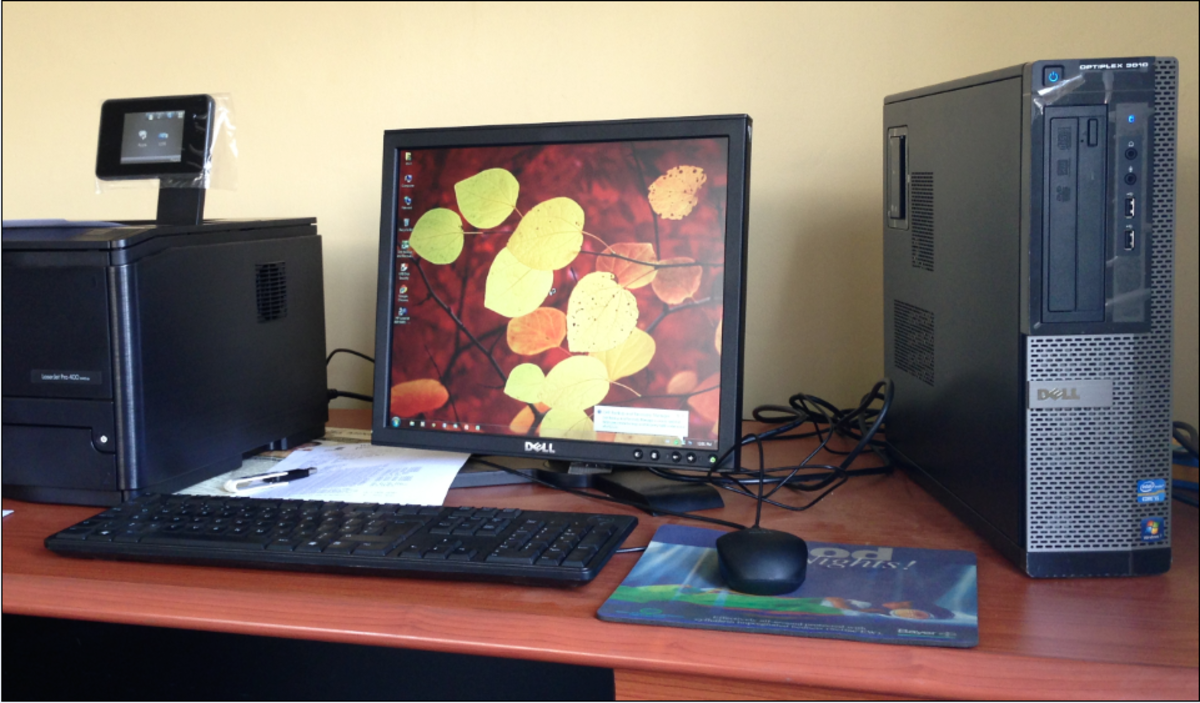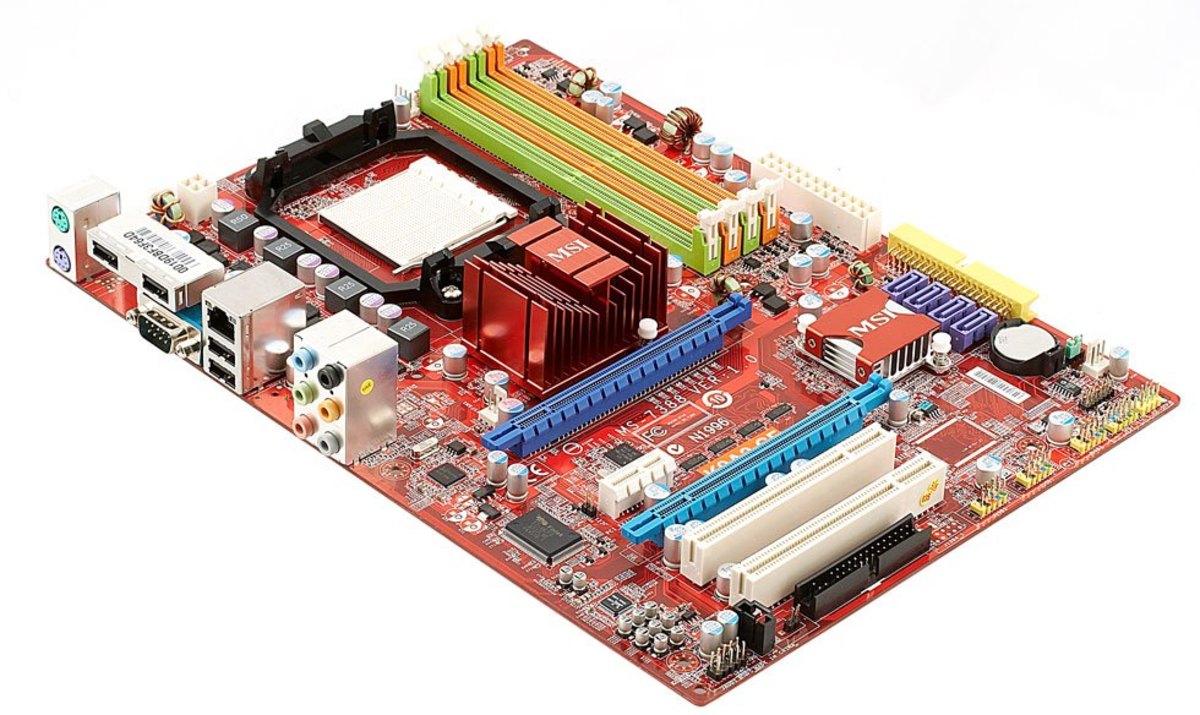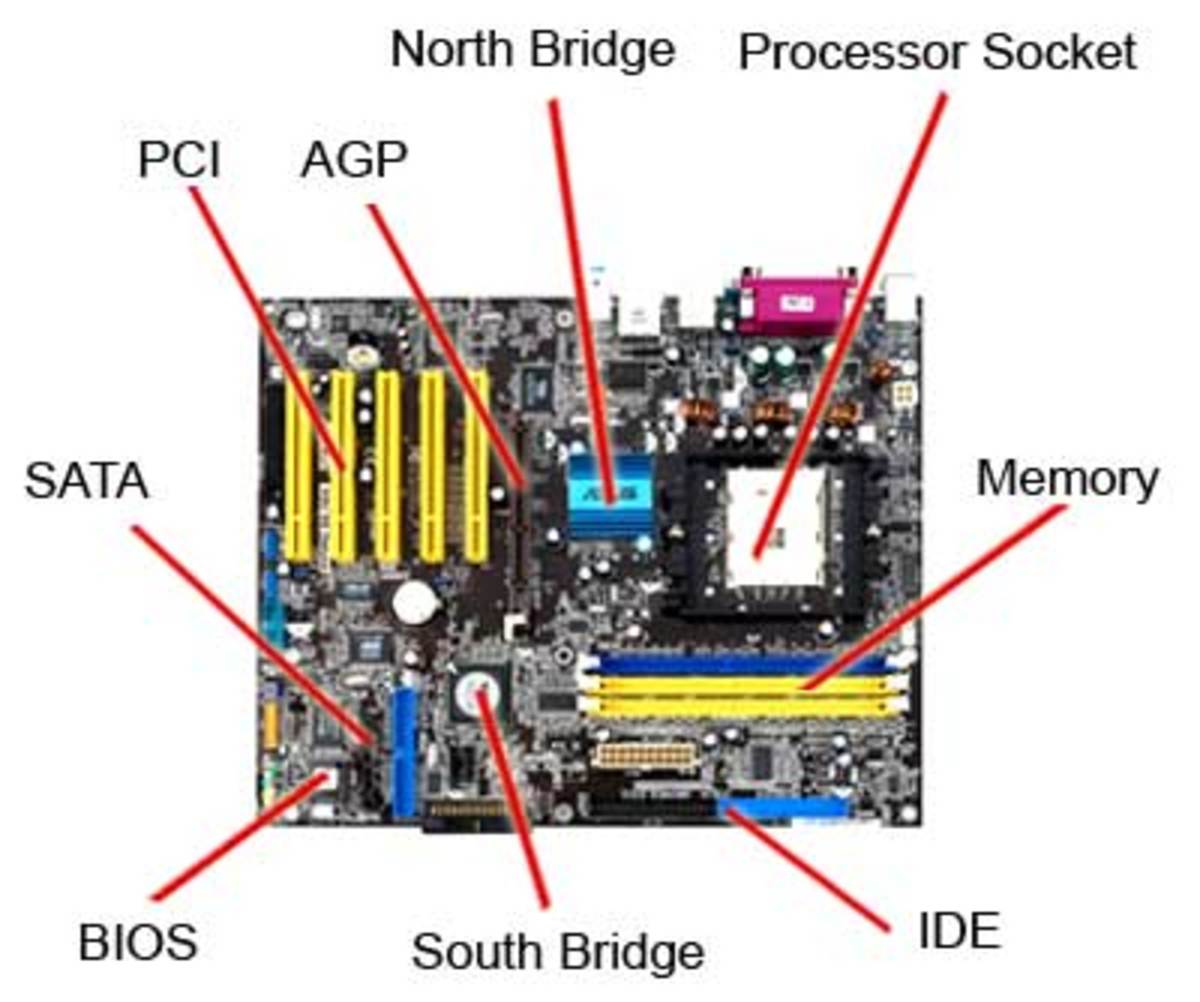How To Fix Your Windows Machine
Windows is the operating system that most of computer owners have become accustomed to. For more than 15 years, windows has been synonymous with computers, and bring a sense of familiarity to anyone. However, it is not a secret that windows machines are difficult to manage, due mainly to technical difficulties with stability, and security.
This doesn't mean that you cannot do productive work with your windows machine. Most people do all their computer-related tasks in Windows, despite the potential problems. However, learning a few tricks can make the life of the average computer user much easier and productive. We give a list of the best techniques to improve your windows experience.
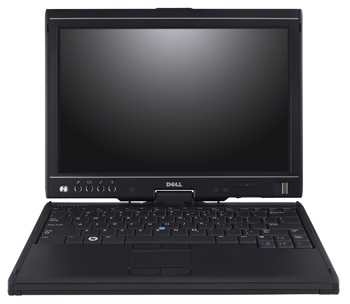
Free Memory in Your Computer
One of the biggest problems with PCs many people end up using more memory than what is available in the computer. It is easy to diagnose this situation, because the computer becomes sluggish, and it takes forever to start up. It is a situation that most people hate, yet it is little know what specific thing cause the sluggishness.
The answer for this problem is that it is cause not by just one software, but in fact by the combination of programs loaded into a PC. When the number of installed software grows and the memory used by all of them becomes bigger than the total amount of memory in the computer, then we start to see the sluggishness and big response times.
Avoid this problem, however, is simple. It involves removing programs that are auto-loaded in your machine. There are several programs created to remove programs that are loaded at start up, but the one that is probably the most accessible for everyone was created by Microsoft, and called msconfig.
Using msconfig
msconfig looks at the initialization files for windows, and shows all programs that are loaded during start up. These programs will usually remain in a dormant mode, checking for specific conditions happening in your computer. Some of these programs are important, such as anti-virus and firewalls. Other programs may not be necessary, and are ultimately just spending cycles in your processor, and making your computer slow.
To use msconfig, you need to go through each section, as show in the tabs of the program, and unselect the software that you don't want to run at start up. If you unsure about what a specific program is, you can always use Google to find out what it does.
Many of the loaded programs are listed in the start-up tab. For example, my computer lists about 20 programs that are loaded at startup, as shown bellow. If I wanted to delete one of them, I could just unselect it, and click OK.
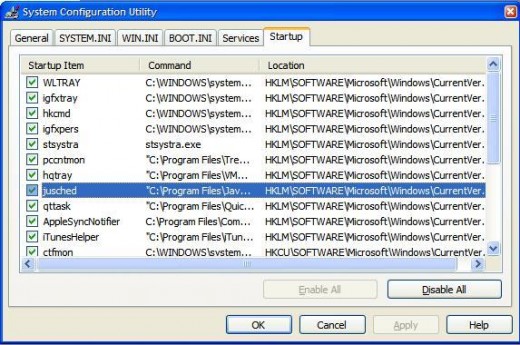
Cleaning the startup folder
One of the places from where programs can be loaded at startup is the Startup folder. In most Windows machines this is located at the following location:
%userprofile%\Start Menu\Programs\Startup
Where %userprofile% is the folder where your personal profile is. This folder usually contains only links to real programs, so there is no problem in deleting the programs that you don't want. Also, these links are not for system programs, which are started in a different way -- so it is relatively safe to remove these links.
It you open that location, you can just delete the links and the corresponding programs will not be loaded the next time. This is a quick way to avoid cluttering in your computer's memory.


